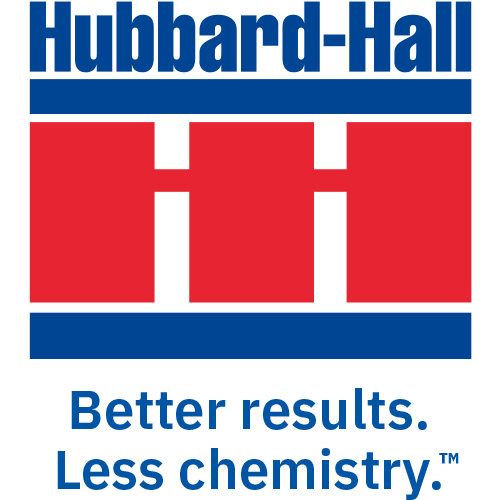Concrete Corrosion. Mention corrosion and most people think rusting metal. True, but reinforced concrete also corrodes and deteriorates. How so? Reinforced concrete is the backbone of every wastewater collection system. Alkaline materials in the cement phase of concrete are extremely susceptible to corrosion. Hydrogen sulfide (H2S) is the root contributor to corrosion in sewer systems…. Read more »
Author: Shelley Lusas
Foam is Only Good on Beer and Latte
Do you know the chorus of this children’s song? “But the cat came back the very next day, The cat came back, we thought he was a goner But the cat came back; it just couldn’t stay away. Away, away, yea, yea, yea…” Like the kitty that kept coming back, thick foam on your aeration… Read more »
When to Take a Closer Look
Microscopic examination of mixed liquor can be a significant aid in the evaluation of the activated sludge process. The presence of various microorganisms within the sludge floc can rapidly indicate good or poor treatment. One of the operator’s primary jobs is to provide a favorable environment to support bug life. Knowing when and how to… Read more »
The Importance of Bench Testing
Bench testing is not an exact science. Each test can produce slightly different results because every wastewater sample is slightly different. By using bench tests to help determine the best chemicals for the wastewater system, you can eliminate weeks of trial and error on a large scale. You will still need to adjust the wastewater… Read more »
As a Manufacturer, Why Should You Care About Water?
What does Earth Day mean to you? For the metal finishing industry, it means that we continue to make the many parts that make the world go round, from airplane and automobiles to medical devices. If it is metal, we touch it. A side aspect of our industry is that we use millions of gallons… Read more »
Heat Treat Furnaces – Why Parts Cleaning is So Important
When considering proper pre and post cleaning of parts, quality is just one consideration for captive heat treaters and commercial shops. The other is the damage that both vacuum and atmospheric furnaces can incur, leaving shops with costly problems to their equipment including: loss of vacuum, contamination to future runs, smoke bombs and shortened quench… Read more »
“Soft” Metal Staining, Post Cleaning
I work with many metal finishers that clean the “soft” metals, specifically aluminum and copper alloys. One common, and more recurring issue I see, is staining of these alloys after the forming lubricants are removed in a cleaning step. In the push to go green, many fabricators are switching to water emulsifiable metal working fluids…. Read more »
Cleaning is more than chemistry….. Again
I present to industry on a regular basis, about the importance of “Process over Product” when it comes to getting clean parts in your metal finishing operation. This was reinforced to me more than ever, during an onsite cleaning trial at a new customer this week. In this particular case we are cleaning a critical… Read more »
Explaining the dirty details of better metal cleaning
A conversation with Hubbard-Hall’s Joshua McClellan As a Hubbard-Hall application engineer, Joshua works closely with customers to understand their specific operations and applications of cleaning chemistry to get better results with less chemistry. He has worked with multiple chemical businesses over his career, specializing in chemical application technologies. Download PDF What are the process variables… Read more »
Bob’s Brain: Heat Treating
The heart of industry, almost nothing can be manufactured without heat-treating. We recently caught up with Bob Farrell (Senior Vice President and Technical Director at Hubbard-Hall) and asked him a few questions about the heat-treat market, what he has seen in his 30 years of experience and what lies ahead for manufactures using these applications…. Read more »






